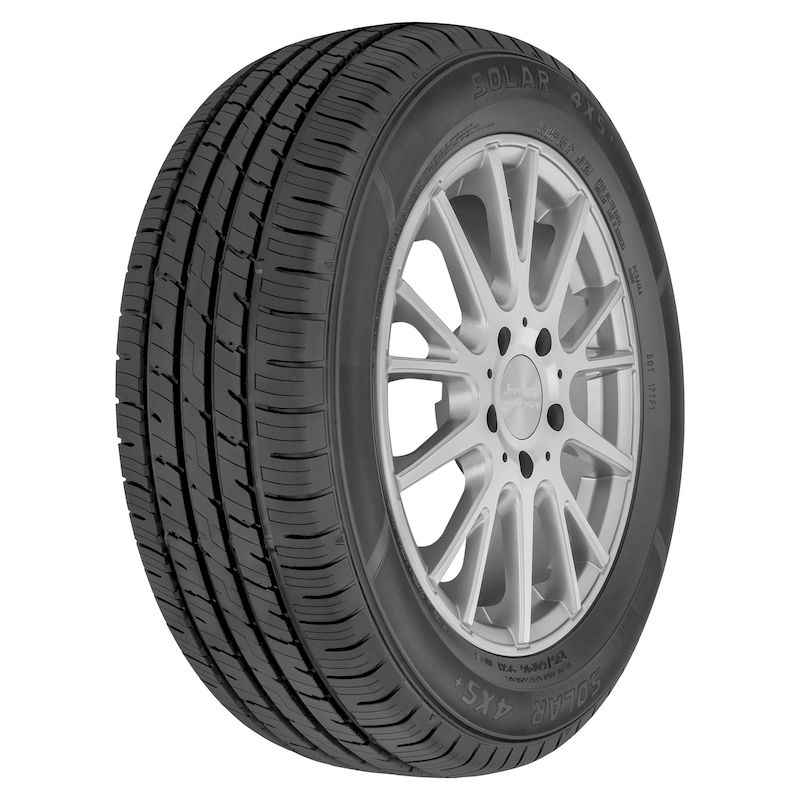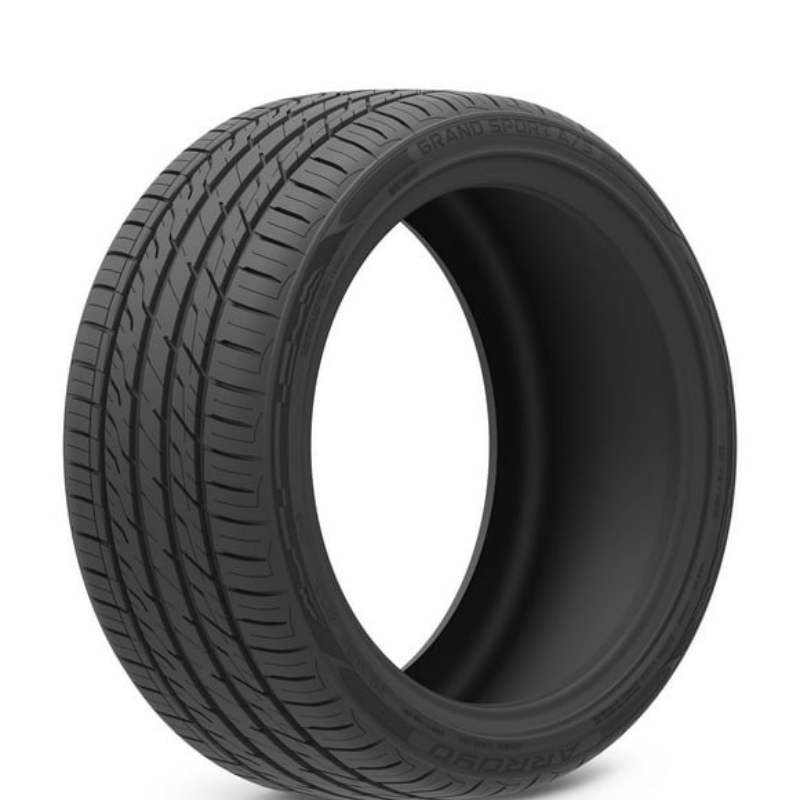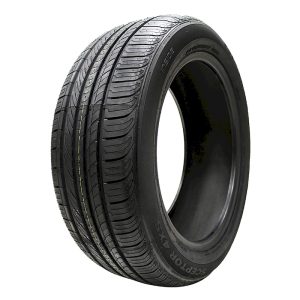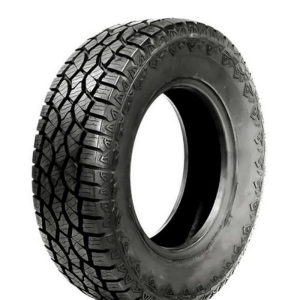
Introduction to Old Tires and Their Fate
Tires are essential components of any vehicle, providing safety and mobility on our roads. However, as with all products, tires have a finite lifespan, after which they need to be replaced. This leads to the question: what happens to old tires? The disposal and recycling of old tires is a critical issue that has implications for environmental sustainability. Across the globe, millions of tires are discarded every year, and improper disposal can lead to harmful environmental consequences.
When old tires are discarded, they can either be thrown away into landfills, recycled, or repurposed into other products. Each method has its own benefits and challenges, affecting not only waste management but also resource conservation. Understanding the journey of old tires from disposal to their potential second lives can serve as a foundation for better decision-making and encourage more sustainable practices. In this article, we will explore the fate of old tires in depth, addressing disposal methods, environmental impacts, recycling practices, innovative uses, regulations, and future trends.

The Lifespan of Tires
The journey of a tire begins long before disposal. Understanding what happens to old tires starts with recognizing their lifespan. Tires usually have an optimal lifespan ranging between 20,000 and 70,000 miles, depending on the type, usage, and maintenance characteristics. Throughout this lifespan, tires undergo considerable wear and tear that can affect their performance.
- Manufacturing Quality: The materials and quality of construction impact how long a tire lasts. Tires manufactured from higher-grade rubber and reinforced structures typically display greater performance longevity.
- Usage Conditions: Tires subjected to extreme weather, rough terrains, and aggressive driving can wear out faster than those used primarily on well-maintained roads.
- Proper Maintenance: Regular tire maintenance, such as rotations and pressure checks, directly influences durability. Well-maintained tires extend longevity and improve safety.
Once the tires reach their limit—often indicated by severe wear on the tread or visible damage—they will need to be disposed of correctly. Awareness of the factors affecting a tire’s lifespan can enable drivers to optimize their use and, subsequently, their disposal.
Methods of Tire Disposal
When it comes to old tires, what happens to them after they are replaced? There are several disposal methods, each with varying environmental impacts and implications. Let’s explore the most common practices for old tire disposal:
Landfilling
Landfilling remains one of the most traditional methods for disposing of old tires. However, this practice poses significant environmental challenges:
- Space Consumption: Tires take up a substantial amount of space in landfills, exacerbating waste management issues. They also do not decompose easily due to their durable nature, leading to long-term waste.
- Fire Hazard: Once disposed of, tires can be a fire hazard. Fires in landfills are difficult to extinguish and can release toxic fumes into the atmosphere.
- Pest Breeding Grounds: Stacked tires can accumulate water, creating breeding grounds for mosquitoes and other pests, posing health risks to surrounding communities.
Notably, this disposal method is often considered a last resort due to the detrimental effects on the environment.
Incineration
Incinerating tires can lead to energy recovery, as the high heat generated can produce steam used to generate electricity. However, there are environmental downsides to this method:
- Air Pollution: Burning tires releases harmful chemicals and particulates into the air, including volatile organic compounds (VOCs), dioxins, and heavy metals. Such emissions contribute to air pollution and can affect public health.
- Carbon Footprint: Although some energy recovery occurs, the process significantly contributes to greenhouse gas emissions.
- Regulatory Oversight: Incineration practices are tightly regulated in many regions to mitigate adverse environmental effects.
While it offers a potential energy solution, the environmental repercussions make incineration a contentious choice in tire disposal.
Recycling
The recycling of old tires is a more sustainable option that not only mitigates waste but also preserves resources. Here is an overview of how the tire recycling process works:
- Collection: Once tires are removed from vehicles, they are collected and transported to recycling facilities.
- Shredding: At the recycling plant, tires are shredded into smaller pieces, breaking them down further into materials: rubber, steel beads, and fabric.
- Processing: The shredded rubber can undergo various processes, such as cleaning and grinding, to create different products. This versatile rubber can be transformed into new items such as playground surfaces, athletic tracks, and even new tires.
Repurposing
Many tires can find new life through creative repurposing. Some innovative uses include:
- Garden Projects: Old tires can be used as planters, swings, or decorative garden features.
- Art Installations: Artists often repurpose tires into sculptures or creative installations to promote sustainability.
- Furniture: With some creativity, tires can be transformed into unique tables, chairs, or ottomans, adding a touch of vintage charm to home decor.
Repurposing can not only reduce waste but also encourage creativity while giving tires a second life.
Environmental Impact of Old Tires
Understanding what happens to old tires goes hand in hand with recognizing their environmental impact. Unsustainable disposal and recycling practices can contribute to various ecosystem issues. Let’s examine some of these impacts:
Landfill Leachate
When tires are disposed of in landfill sites, they contribute to landfill leachate, a toxic liquid that can seep into groundwater. This leachate might contain harmful chemicals that pose risks to water quality and aquatic ecosystems.
Air Quality Concerns
Improper incineration of tires can result in harmful airborne pollutants, compromising air quality. Emissions from burning tires include various toxic compounds that can lead to respiratory problems in humans and animals alike.
Resource Depletion
Failing to recycle tires leads to resource depletion, as manufacturing new rubber products typically requires extracting raw materials. Tire recycling conserves these resources and reduces the strain on nature while promoting circular economic practices.

Land Use and Habitat Destruction
As waste grows, more landfills are created, often in previously undeveloped areas. This can lead to habitat destruction for native plant and animal species and increase urban sprawl.
While tires provide essential functionality during their use, acknowledging their environmental impact upon disposal reflects the need for better practices to ensure we protect ecosystems for future generations.
Regulations Surrounding Old Tires
Governments and organizations worldwide recognize the importance of addressing the issue of old tire disposal. Various regulations and initiatives are in place to encourage sustainable practices:
Extended Producer Responsibility
Some jurisdictions have implemented extended producer responsibility (EPR) initiatives, requiring manufacturers to assume responsibility for their products throughout their lifespan, including disposal and recycling.
Regulations for Tire Disposal
Many regions impose strict regulations on tire disposal, limiting the disposal of tires in landfills. Instead, they promote recycling and responsible waste management practices.
Incentives for Recycling
Governments often provide financial incentives for businesses engaging in tire recycling. These programs can lower costs associated with recycling, making it a more appealing option for waste management companies.
Public Awareness Campaigns
Various organizations work to raise awareness about the environmental impact of old tires. Public education campaigns encourage communities to participate in recycling programs and promote the benefits of responsible disposal.
Understanding regulations that govern tire disposal encourages responsible practices and motivates both consumers and manufacturers to prioritize sustainability.
Future Trends in Tire Disposal and Recycling
As sustainability takes center stage in global discourse, the tire industry is responding to growing demands for innovative solutions regarding what happens to old tires. Here are some emerging trends:
Innovative Recycling Technologies
Research and development in tire recycling technologies continue to evolve. Innovations in devulcanization, for example, allow for more efficient recycling methods that can break down rubber compounds and upcycle them for new applications.
Circular Economy Models
The growing concept of a circular economy promotes reusing and recycling materials to minimize waste. Many tire manufacturers are focusing on designs that allow for easier recycling, conserving resources and supporting sustainability.
Biodegradable Tires
The future may also see the introduction of biodegradable tires made from natural materials. Research into sustainable materials that can replace traditional rubber is ongoing, offering a promising outlook toward minimizing environmental effects.
Industry Collaboration
Collaboration between manufacturers, governments, and recycling agencies is essential for addressing the complexities of tire disposal. Initiatives that foster communication can facilitate sustainable practices and effective resource management.
Recognizing these trends can encourage more responsible choices for tire disposal and recycling while paving the way toward enhanced environmental stewardship.

Conclusion
In conclusion, understanding what happens to old tires is crucial for promoting environmental sustainability and responsible management practices. The disposal of tires presents significant challenges, with landfilling and incineration posing environmental concerns that call for immediate attention. However, recycling and repurposing offer sustainable alternatives that can conserve resources, protect ecosystems, and reduce waste.
By acknowledging the implications of tire disposal and engaging with available regulations and emerging trends, we can cultivate a more sustainable approach to handling old tires. Consumer awareness and participation in recycling programs can also foster a culture of responsibility. Ultimately, addressing the fate of old tires is not just a matter of waste management; it is a vital step toward building a greener and more sustainable future for our planet.




